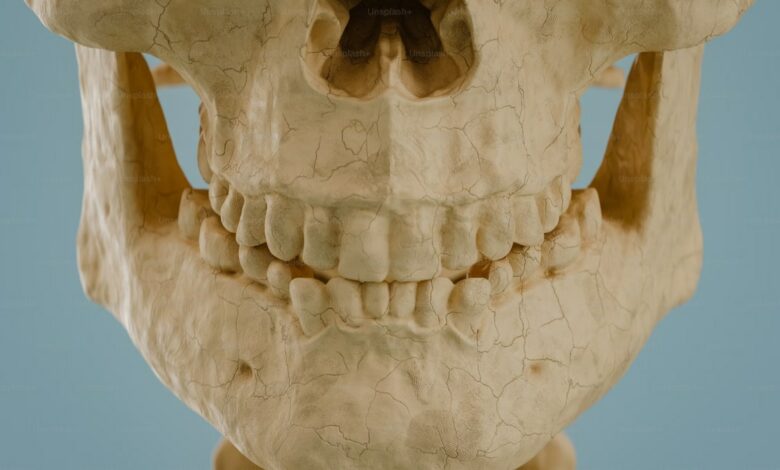New fossil children’s teeth reveal why humans developed unusually long childhoods

A study by the European Synchrotron Radiation Facility (ESRF) suggests that early Homo species may have had long childhoods, long before the brain was significantly enlarged, challenging long-standing evolutionary assumptions. The findings are based on the dental development of a nearly complete Homo skull, excavated from the Dmanisi site in Georgia and dated to 1.77 million years ago. The ESRF team, working with the University of Zurich and the Georgian National Museum, used advanced synchrotron imaging to study the specimen’s teeth, providing unprecedented insight into the growth patterns of early humans.
Tooth growth as a key to evolution
The research examined dental microstructures, which, like tree rings, record daily growth and thus provide insight into overall physical development. Christoph Zollikofer, lead author of the study from the University of Zurich, explains that teeth form good fossils and serve as reliable evidence of childhood growth. According to Paul Tafforeau of ESRF, co-author of the study, dental development often correlates with broader physical growth, including brain development.
Analyzes revealed a unique pattern in which posterior teeth matured more slowly than anterior teeth in the sample’s first five years. This pattern, combined with an observed dependence on adult caregivers, supports a hypothesis that early Homo juveniles may have been dependent on adults for extended periods, much like modern humans.
Implications for the ‘Big Brain-Long Childhood’ Hypothesis
The discovery could reshape the way the ‘large brain-long childhood’ hypothesis is understood. Previous theories postulated that extended childhood evolved mainly due to the increase in brain size. Yet this Dmanisi specimen, despite having a smaller brain comparable to that of great apes, showed signs of long-term support from older group members, possibly indicating that communal care, rather than brain size, was the initial driver of long-term development .
David Lordkipanidze of the Georgian National Museum noted that an elderly Dmanisi individual survived toothless, indicating social structures in which knowledge was passed down from generation to generation. This evolutionary framework suggests that extended childhood emerged first, allowing cultural transmission, which then promoted brain growth and slowed maturation.
The findings, published in Nature, indicate that the gradual evolution of longer childhood years may have played a fundamental role in early human development and social cohesion.



